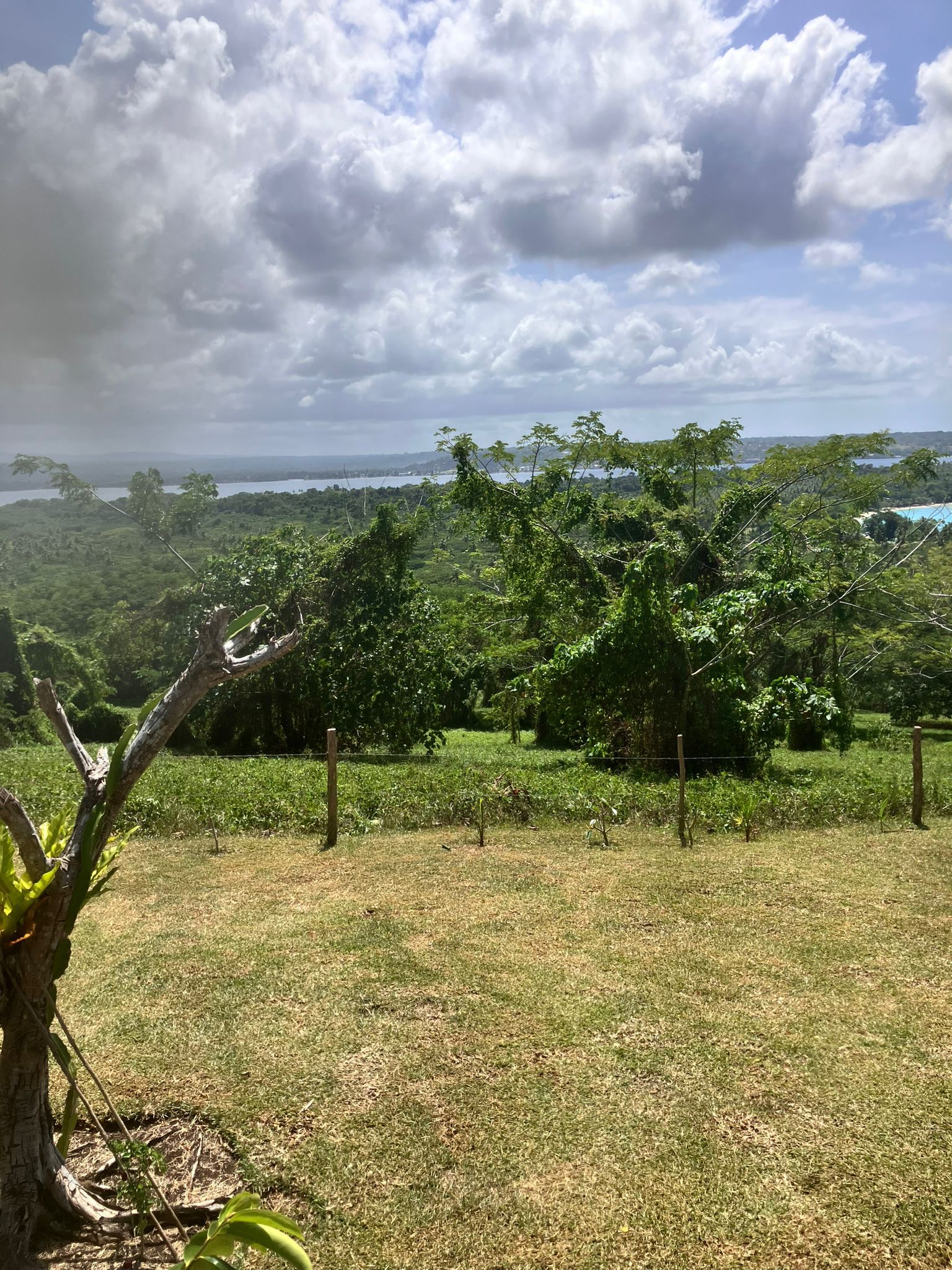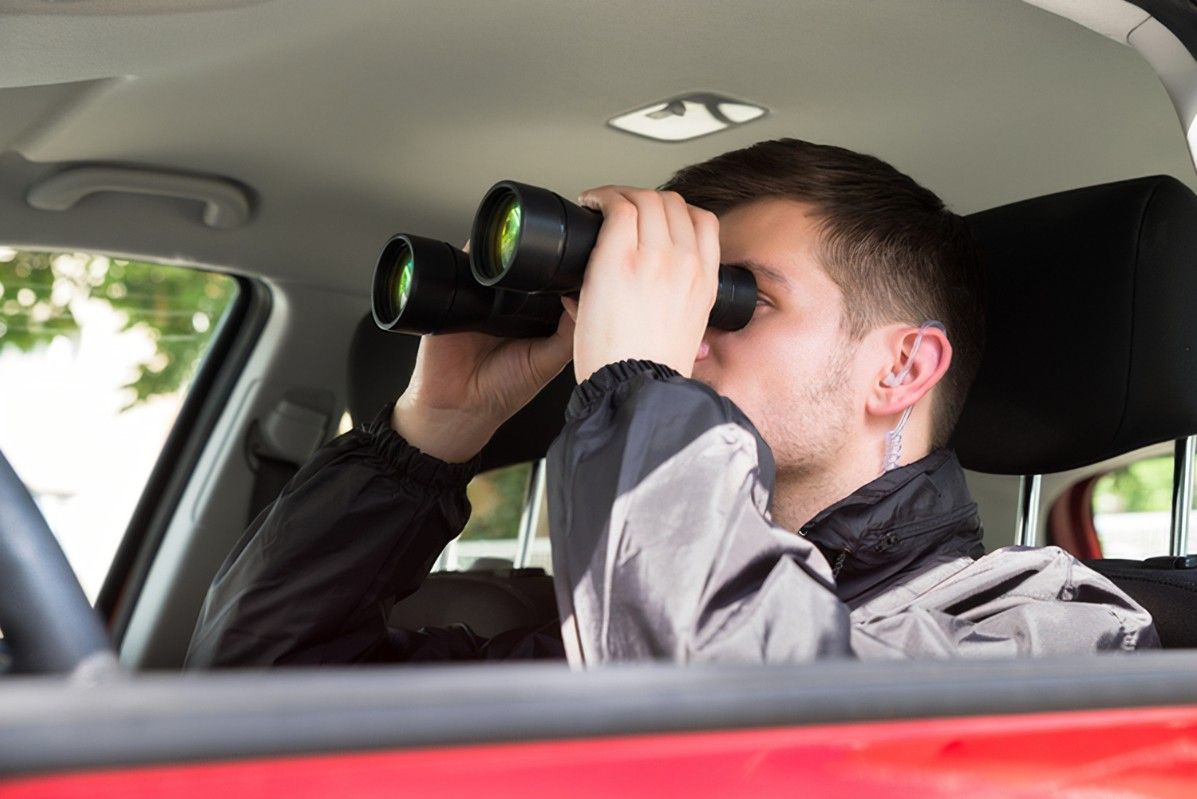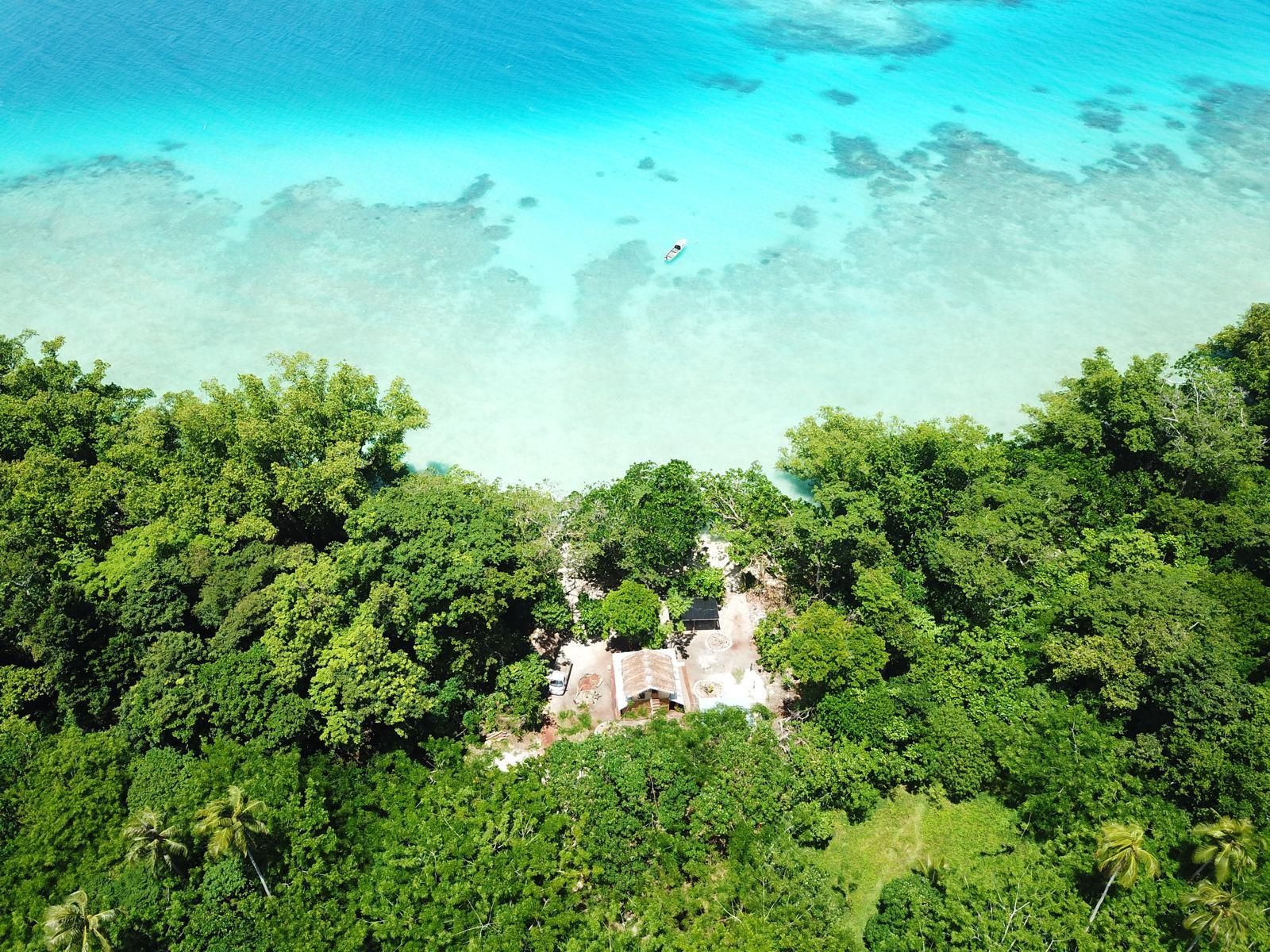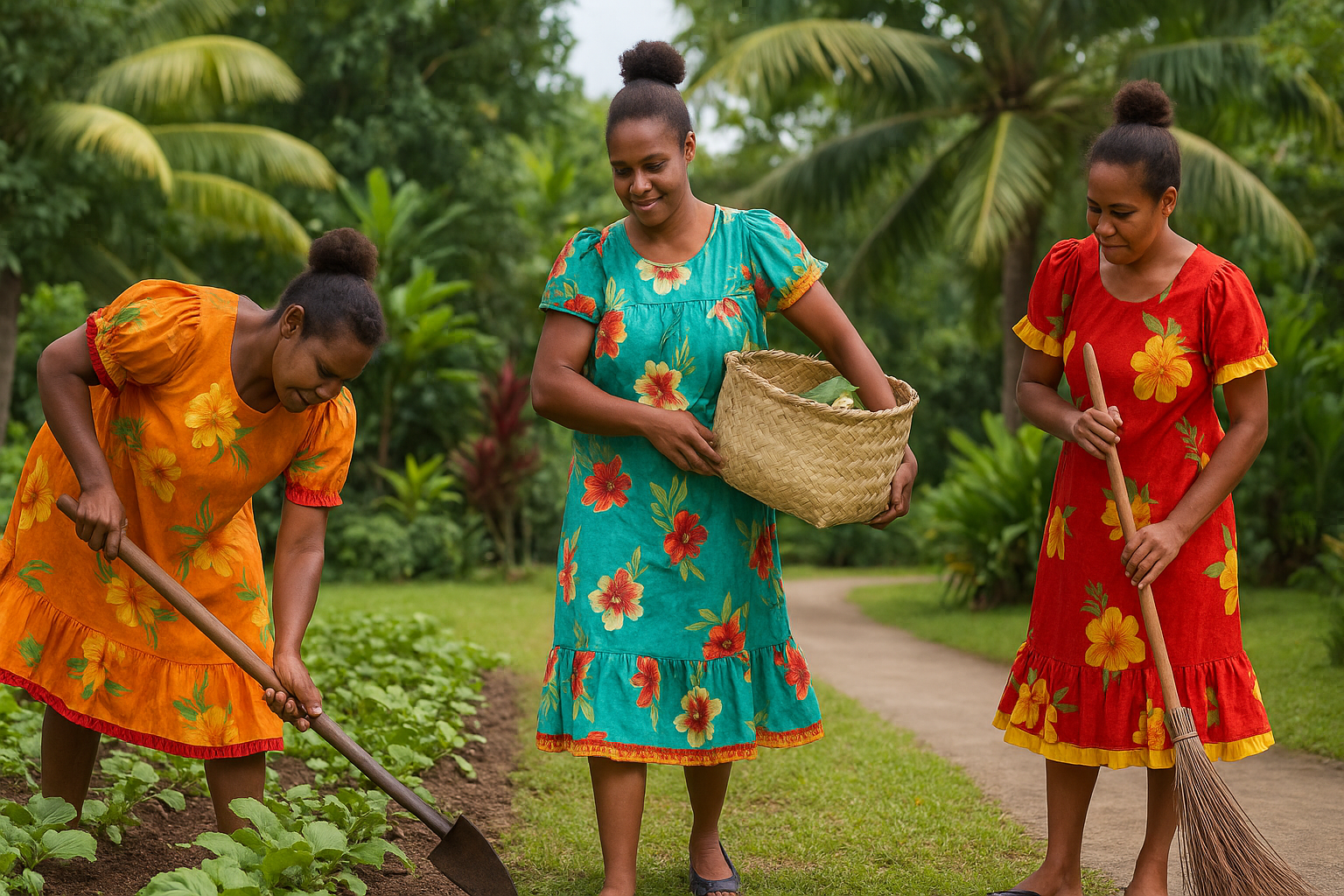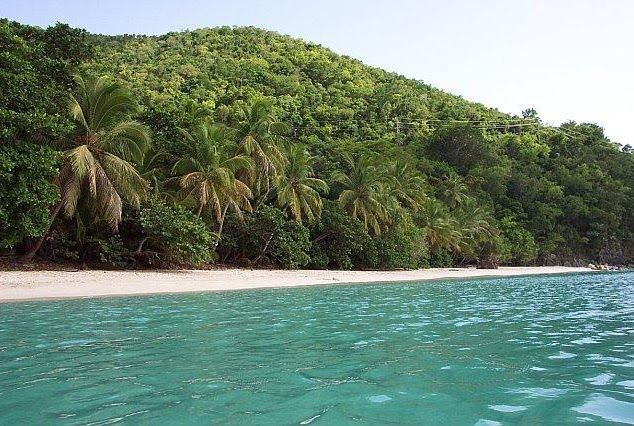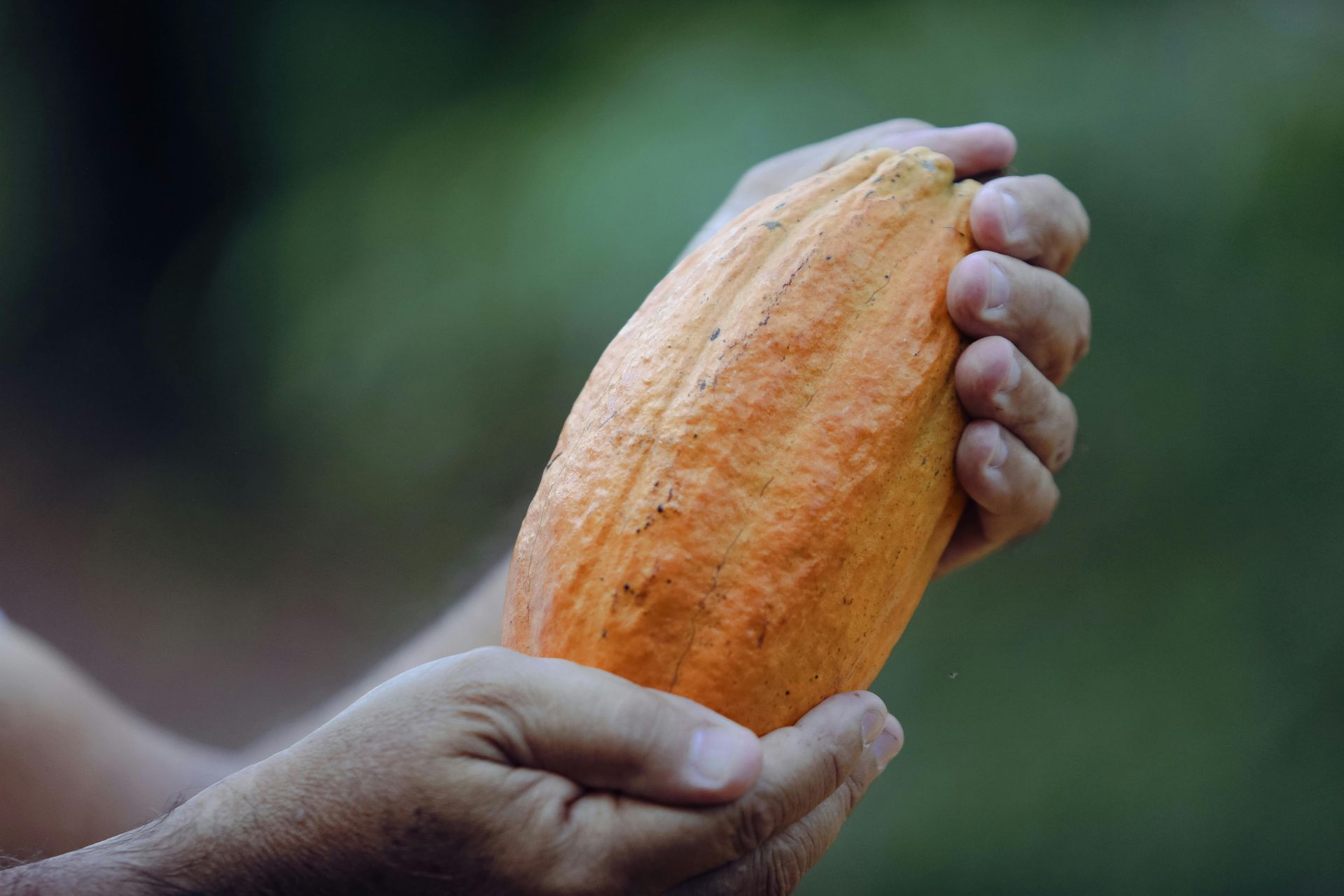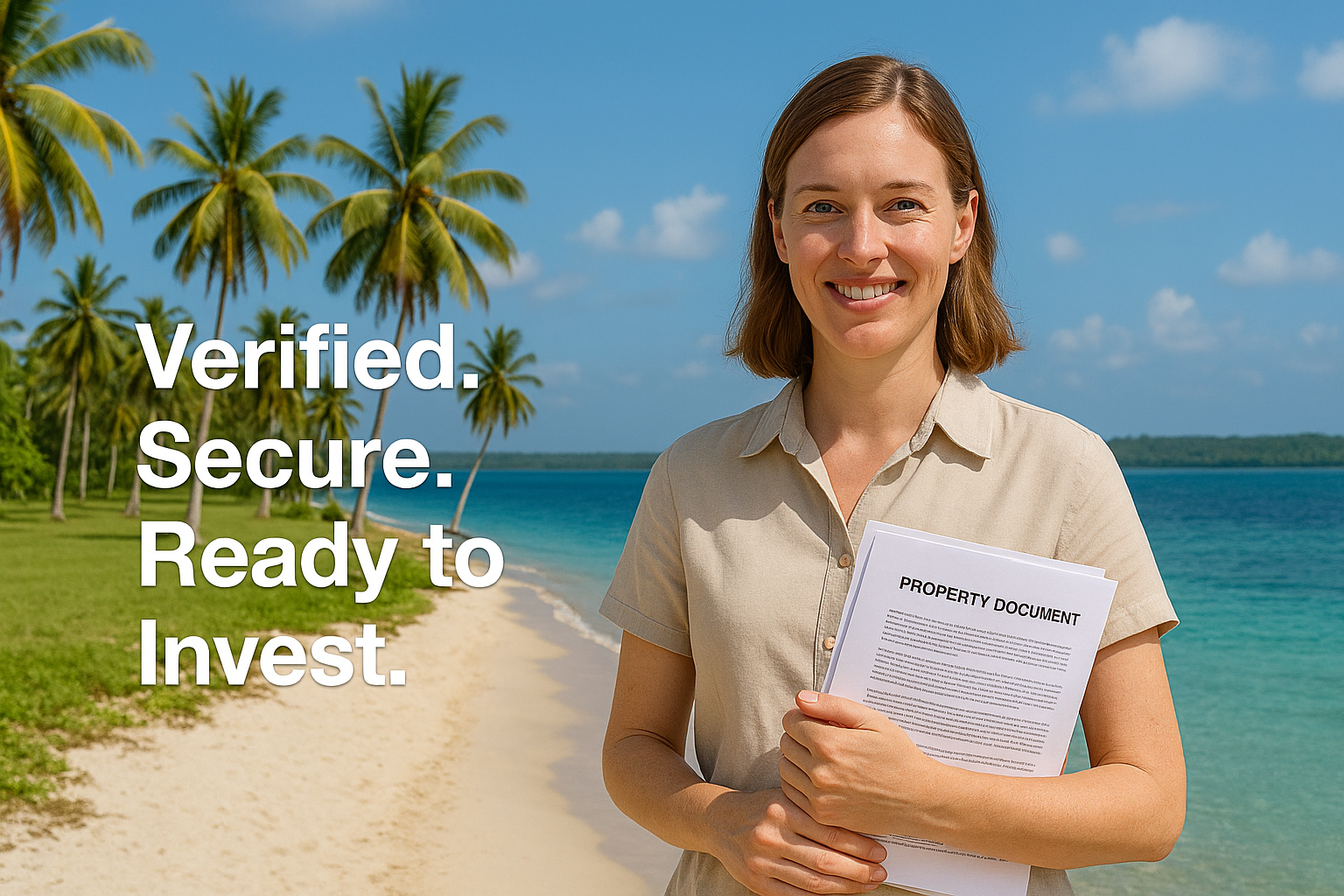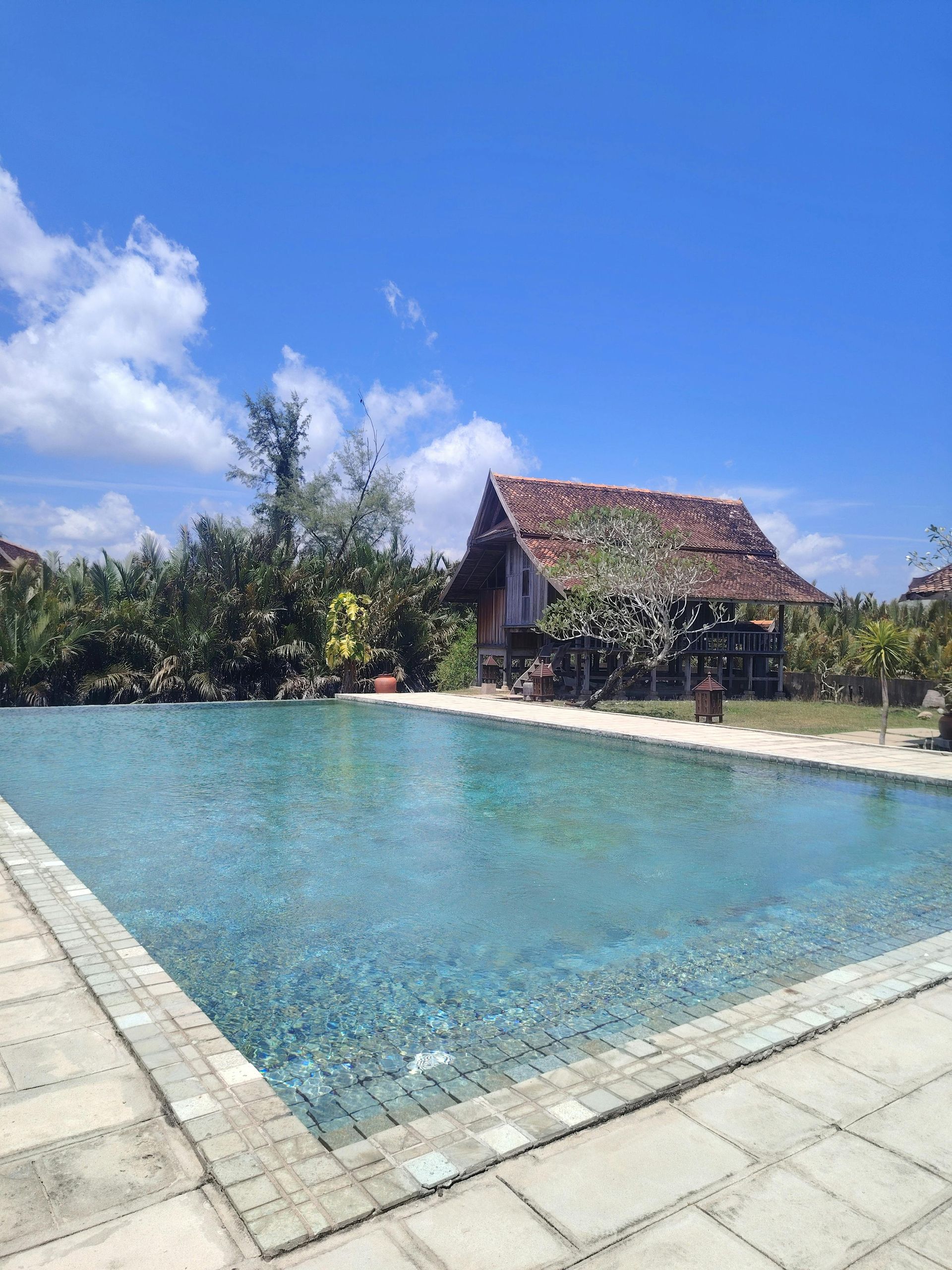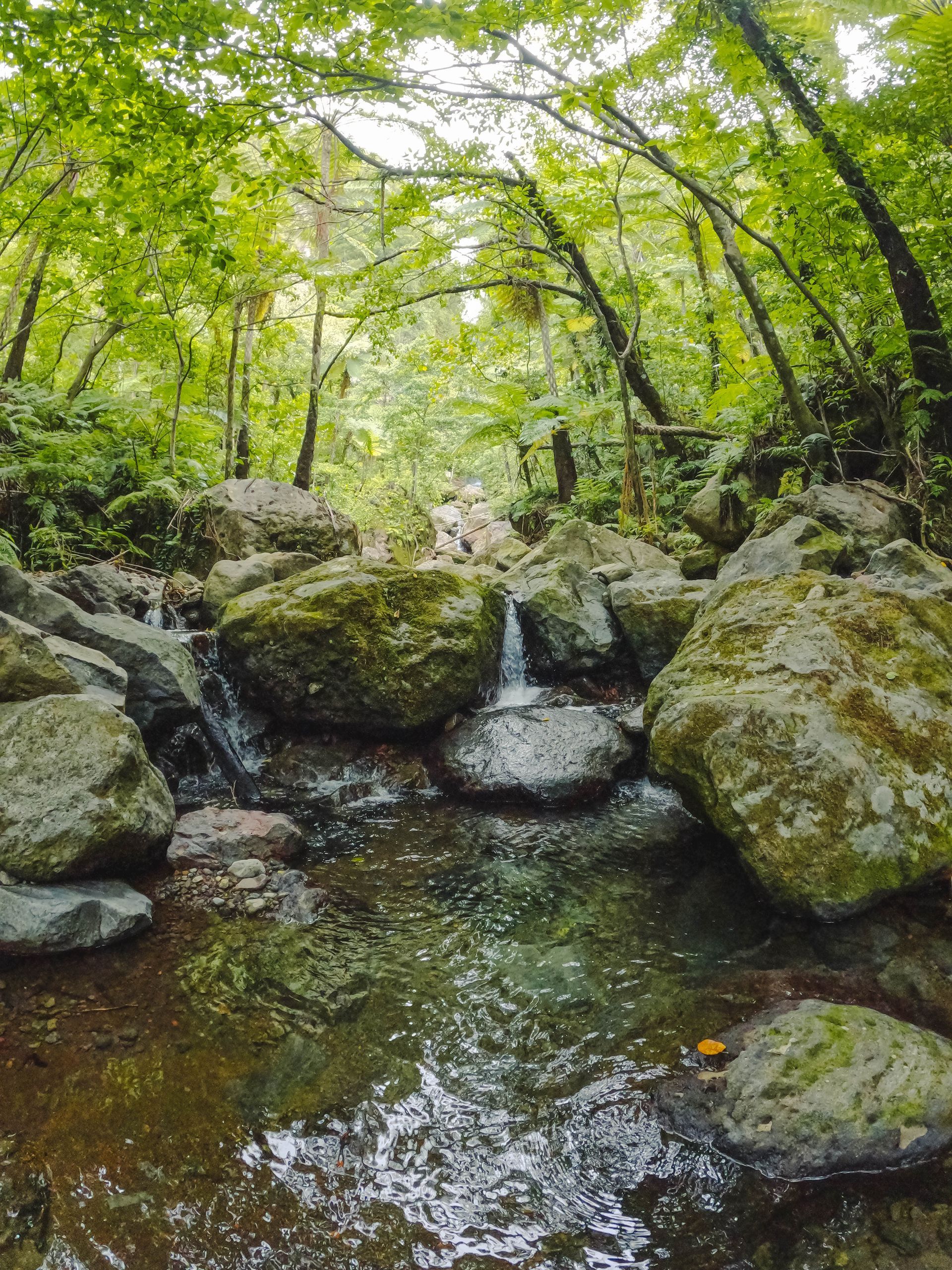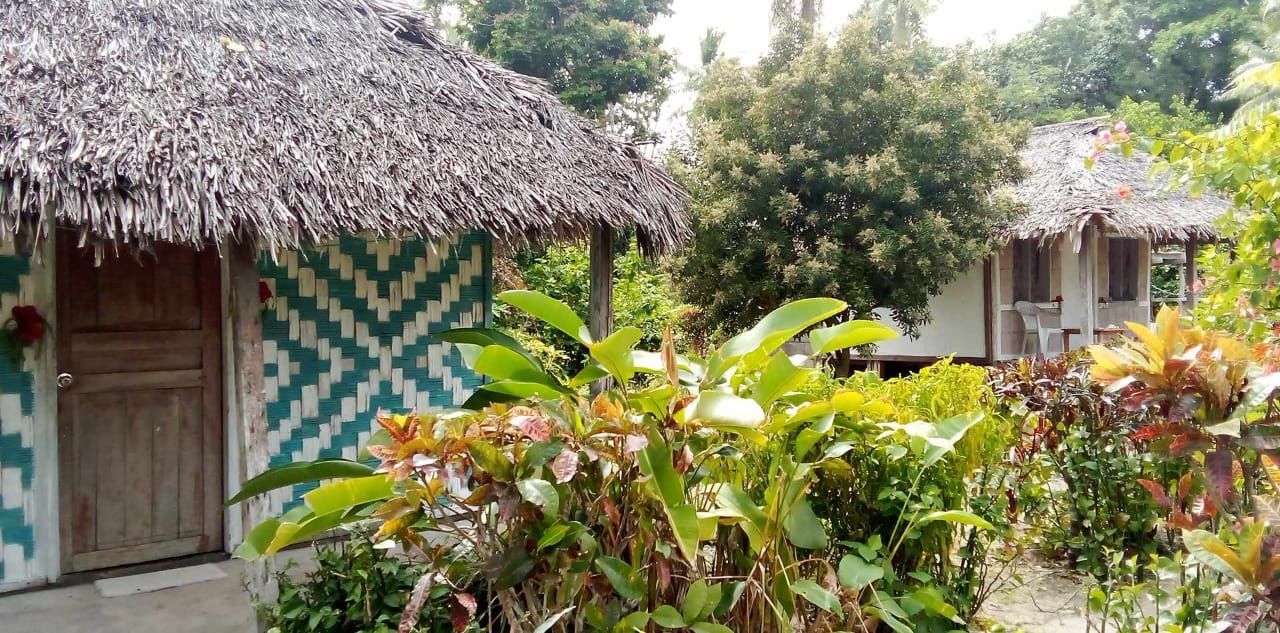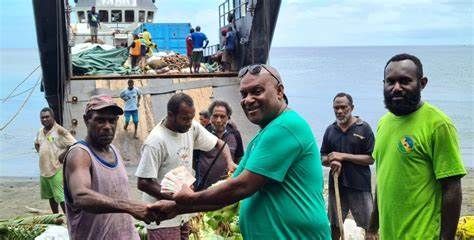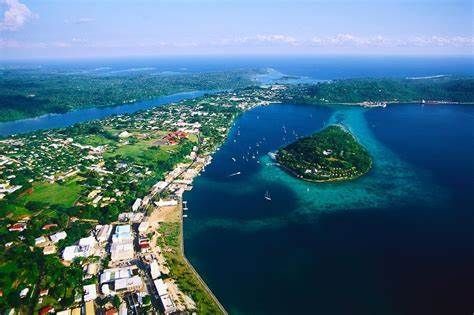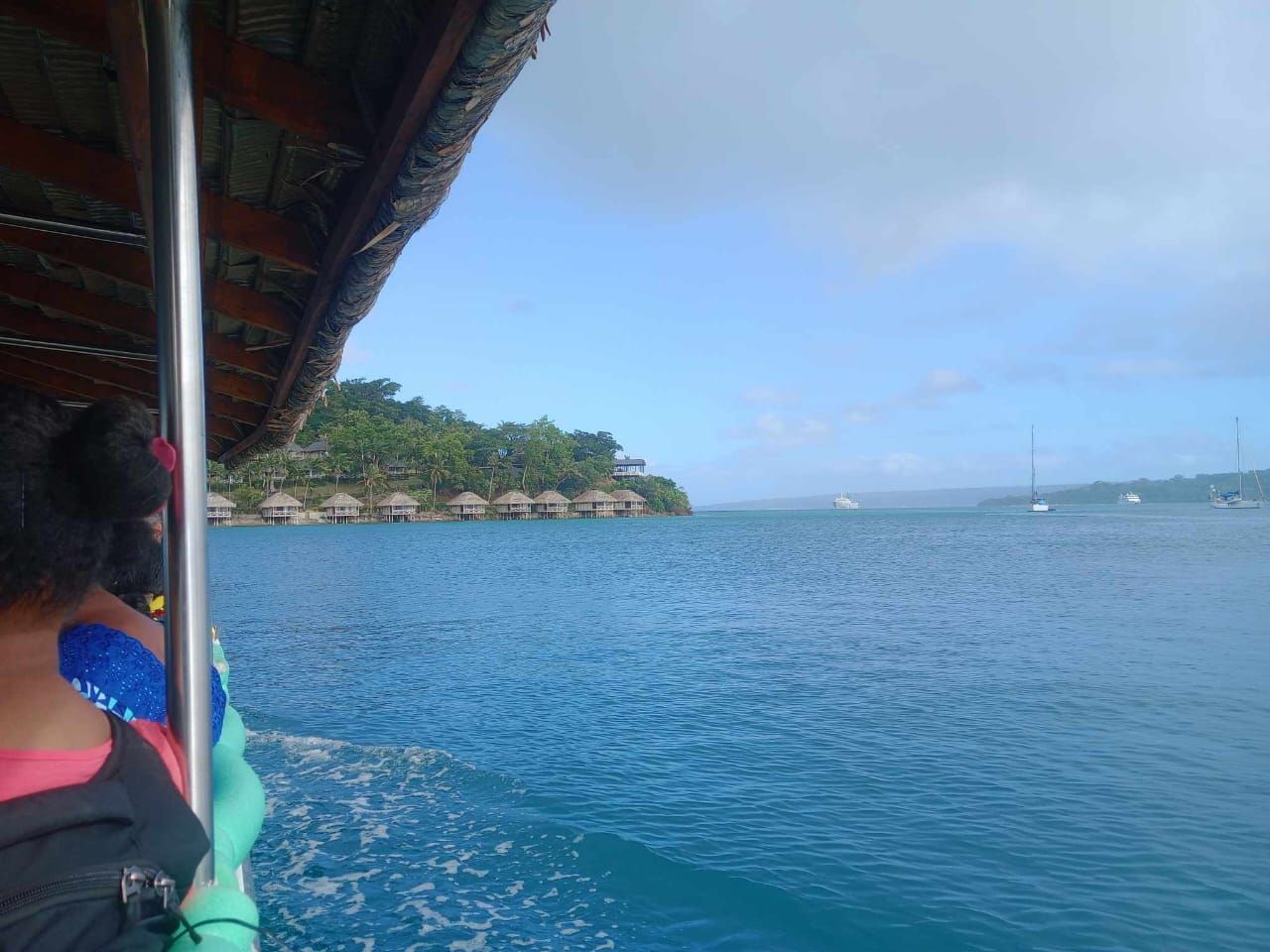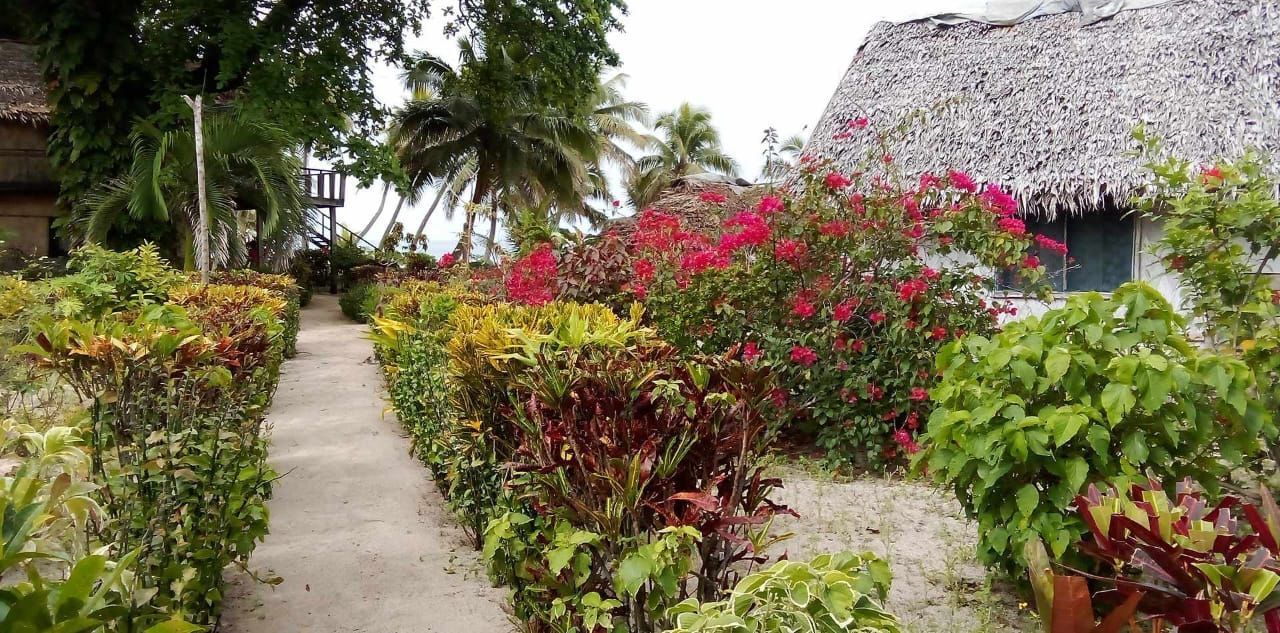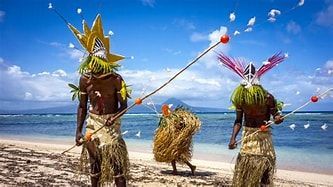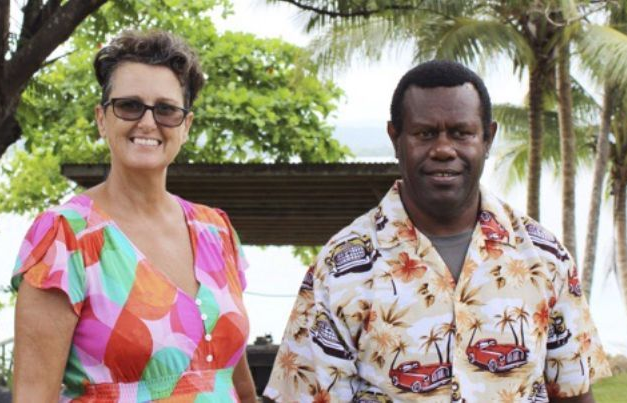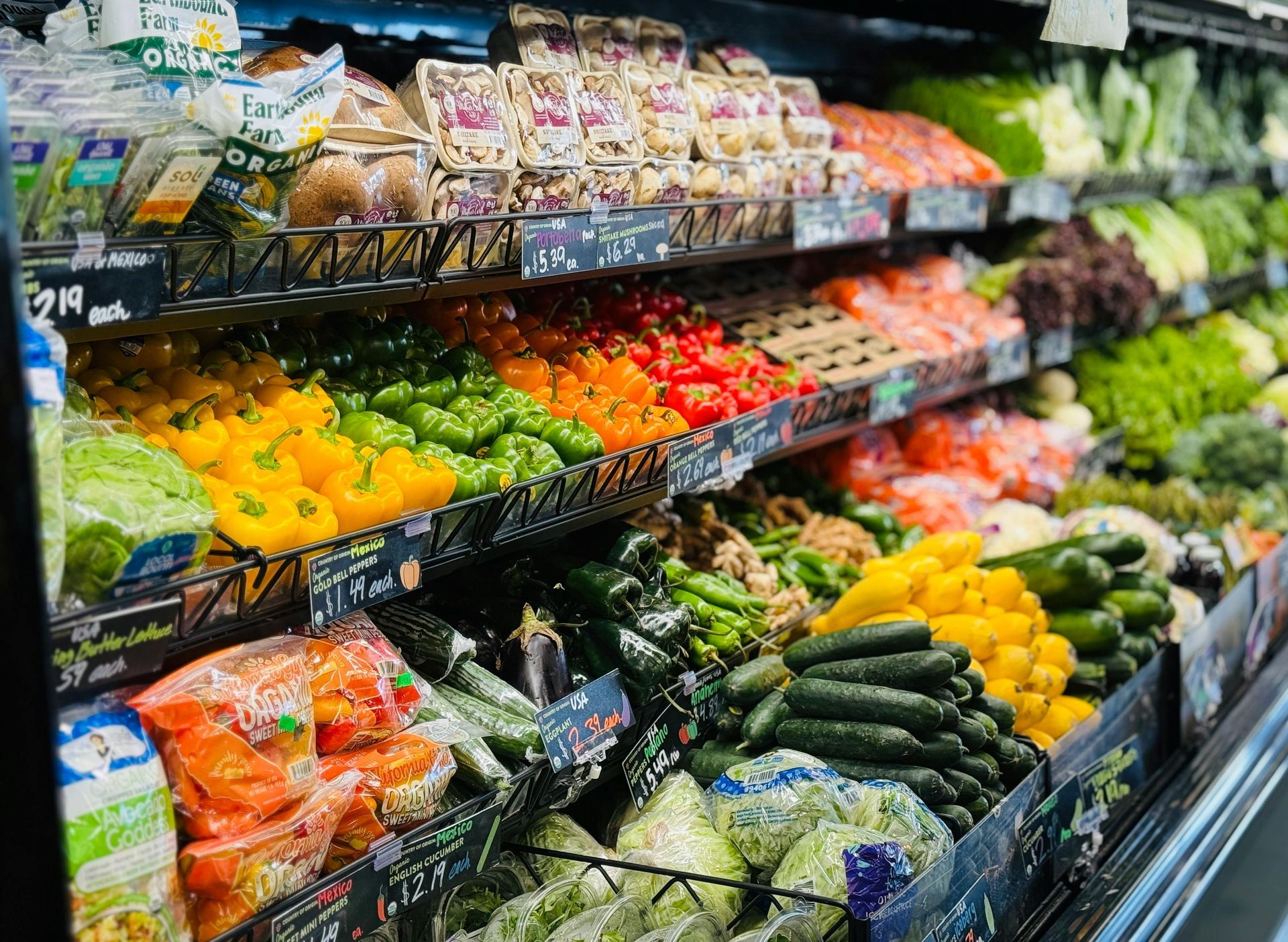
7 min Read
Cost of Living in Vanuatu 2025:
What Expats & Investors Really Pay
If you’re considering moving to Vanuatu, investing in land, or simply exploring life on the islands, understanding the true cost of living in 2025 is essential. Prices have shifted slightly since last year, with rent, food, and utilities edging up but compared to Australia or New Zealand, Vanuatu still offers incredible value, especially if you secure property instead of renting long term.
Average Cost of Rent in Vanuatu
The average cost of rent depends heavily on location and property type.
- Port Vila (capital city):
- 1-bedroom apartment: 60,000–160,000 Vatu/month (up from 60,000–150,000 in 2024).
- 3-bedroom apartment: 110,000–320,000 Vatu/month (slightly higher than 2024).
- Luganville (Santo): Typically 20–30% cheaper than Port Vila.
Why it matters: For long-term expats, owning land is cheaper than years of rent. Many buyers now secure blocks with deposits as low as 500,000 Vatu (~$5,000 AUD).
Grocery Costs in Vanuatu
Groceries vary depending on how much you rely on imports.
- Family of four (weekly): 22,000–55,000 Vatu (slightly higher than 2024’s 20,000–50,000 range).
- Local produce: Still 80–90% cheaper than Australia root crops, tropical fruit, and fresh fish are extremely affordable.
- Imported goods: Cheese, wine, processed foods, and electronics remain expensive due to freight costs.
Utilities in Vanuatu
Monthly bills depend on lifestyle and location.
- Power + water + internet: 12,000–22,000 Vatu/month (up slightly from 10,000–20,000 in 2024).
- Starlink plans: 12,000–15,000 Vatu/month — the go-to choice for rural or island homes.
Eating Out in Vanuatu
Dining costs remain reasonable.
- Mid-range restaurant: 1,200–4,500 Vatu/person (slight increase from 2024).
- Local markets/nakamals: as low as 500–800 Vatu per meal.
Hidden Costs to Watch For
Some expenses aren’t obvious at first:
- Import duties: 25–35% on cars, electronics, and luxury items.
- Work permits/visas: 60,000–100,000 Vatu depending on the permit type.
- Building costs: ~120,000 Vatu per sqm for solid Besser block homes (steady from 2024).
Healthcare in Vanuatu
Healthcare is affordable for basic needs but pricier for specialist care.
- Local consultation: 3,500–6,000 Vatu (up from 3,000–5,000 in 2024).
- Dental check-up: 5,000–10,000 Vatu.
- Medical evacuation insurance: $3,000–5,000 AUD/year for coverage to Australia/NZ.
Domestic Travel in Vanuatu
Moving between islands is straightforward but adds up.
- Domestic flights: 17,000–32,000 Vatu (slightly higher than 2024’s 15,000–30,000).
- Ferry services: 1,500–6,000 Vatu, depending on distance.
- Petrol: ~200–250 Vatu/litre, up slightly from 2024.
How 2025 Compares to 2024
- Rent has risen modestly (by about 5–10%).
- Food remains affordable if you buy local — imports are where costs bite.
- Utilities and internet are slightly higher but more reliable (thanks to Starlink).
- Healthcare costs are steady but expats are taking out more insurance cover.
Final Thoughts: Why Expats Are Buying Instead of Renting
Vanuatu’s cost of living in 2025 remains competitive compared to Australia and New Zealand. The main difference is how you structure your lifestyle:
- Renters face rising monthly costs in Port Vila.
- Owners on Aore or Santo cut costs dramatically with land + self-sufficient setups (solar, water tanks, gardens).
Frequently Asked Questions
Q: What is a realistic monthly budget for a single person or a family?
Q: What is a realistic monthly budget for a single person or a family?
A: A single person can expect to spend around VUV 300,000–400,000 per month. A family of four should budget between VUV 700,000 and 1,000,000 per month depending on lifestyle and location.
Q: Which areas are cheapest to live?
Q: Which areas are cheapest to live?
A: Luganville (Santo) and the outer islands are typically 20–30% cheaper than Port Vila for both housing and daily living costs.
Q: How does Vanuatu compare to Australia/NZ on living costs?
Q: How does Vanuatu compare to Australia/NZ on living costs?
A: Local housing and fresh food are cheaper, while imports and inter-island travel are higher. Overall, expats who rely on local produce and live outside Port Vila often spend 20–40% less than in Australia or New Zealand.
Q: How can I reduce monthly expenses quickly?
Q: How can I reduce monthly expenses quickly?
A: Shop at local markets, cook at home, install solar and rain tanks, share vehicles or ferry trips, bulk-buy imported items, and live outside central Vila to save the most.
Q: What does internet and phone cost (incl. Starlink)?
Q: What does internet and phone cost (incl. Starlink)?
A: Mobile and home bundles vary. Starlink currently costs about VUV 12,000–15,000 per month plus hardware. Many households pair 4G bundles with Starlink as backup.
Q: What are typical schooling costs?
Q: What are typical schooling costs?
A: Public schools are very affordable, while private or international schools range from VUV 300,000 to 900,000 per child per year depending on grade level.
Q: How much does car ownership cost?
Q: How much does car ownership cost?
A: Fuel averages VUV 200–250 per litre. Expect to spend VUV 20,000–40,000+ per year on registration and maintenance, with imported vehicles being more expensive due to duty.
Q: What are building costs per square metre?
Q: What are building costs per square metre?
A: A basic cyclone-rated Besser block house costs around VUV 120,000 per m². Timber or kit homes can be cheaper, while cyclone upgrades increase costs.
Q: Do seasons change living costs?
Q: Do seasons change living costs?
A: Yes. Wet season (Nov–Apr) can raise transport, fuel, and freight costs. Market produce prices remain stable year-round.
Q: Which taxes and fees affect everyday prices?
Q: Which taxes and fees affect everyday prices?
A: VAT is 15% on most purchases. Import duties of 25–35% on cars, electronics, and luxury items increase retail costs.
Q: When does buying beat renting?
Q: When does buying beat renting?
A: If you plan to stay more than 3–5 years, vendor-financed land plus a modest build is usually cheaper than paying ongoing rent in Port Vila.
Q: How much does medical evacuation insurance cost?
Q: How much does medical evacuation insurance cost?
A: Budget AUD 3,000–5,000 per year for family coverage to Australia or New Zealand. Routine local healthcare remains relatively affordable.
Next Step:Browse land listings on Aore Island here or contact us to learn more about vendor finance options starting from 500,000 Vatu deposits.


